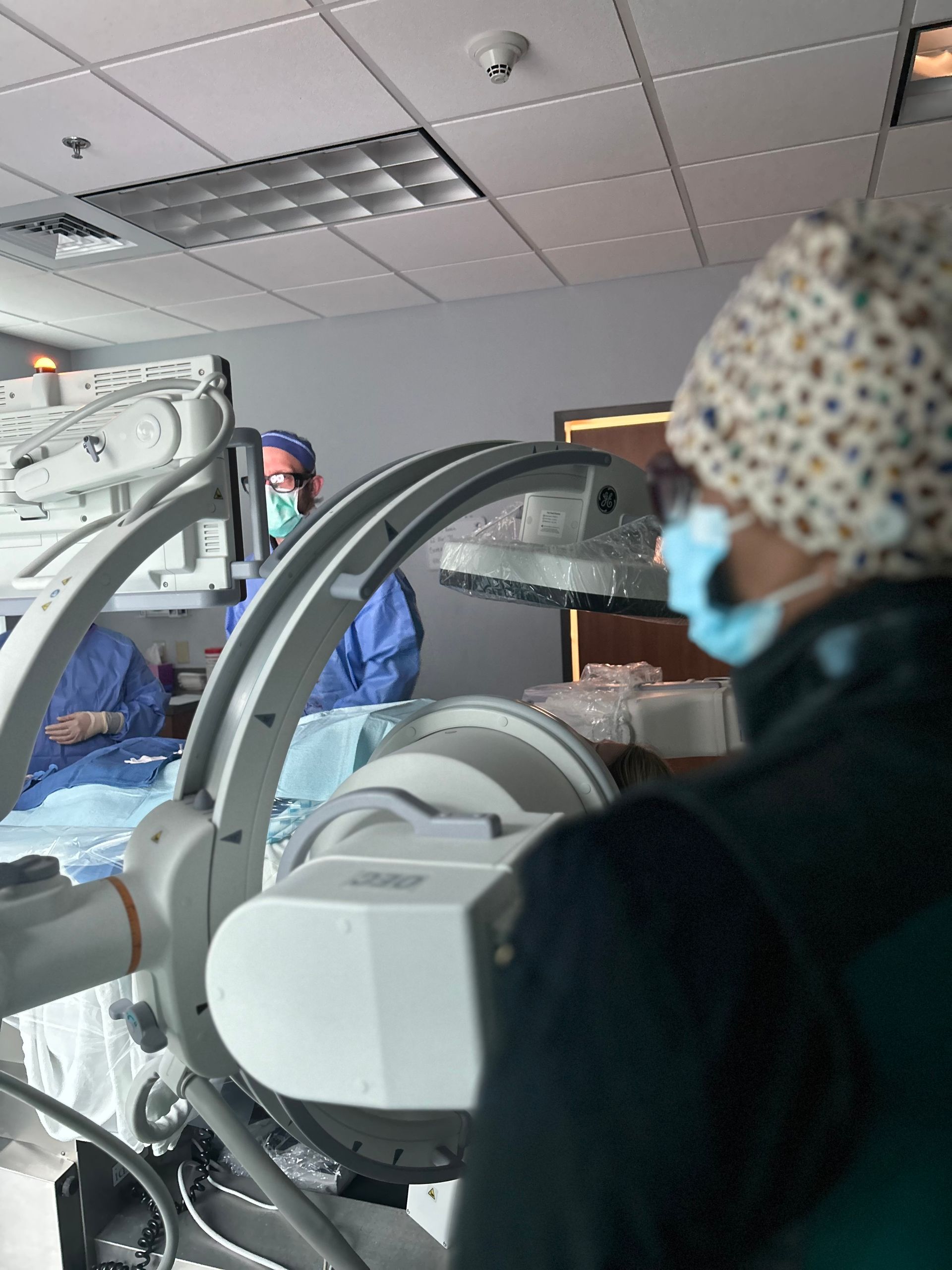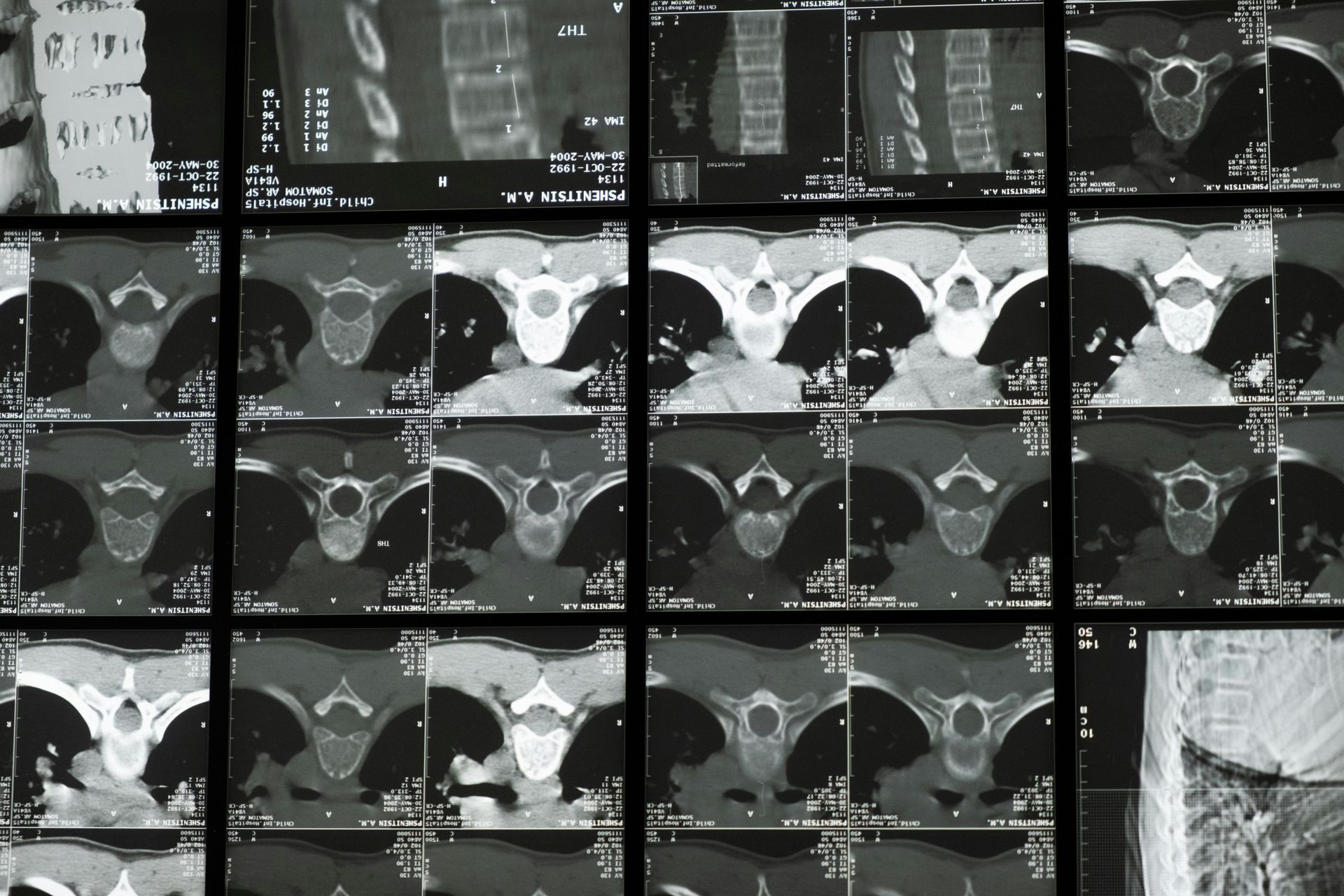Pelvic Congestion Syndrome Treatment
Pelvic Pain (Pelvic Congestion Syndrome)
Ovarian Vein and Pelvic Varices
What is it?
It is estimated that a third of all women will experience chronic pelvic pain during their lifetime. Chronic pelvic pain is defined as “non-cyclic” pain lasting greater than six months. A multidisciplinary team approach is needed to treat this often complex medical condition. After a physical examination, a Pap test to rule out cervical cancer, and routine laboratory bloodwork, a cross-sectional imaging study is obtained to be certain that there is not a pelvic tumor. If the clinical symptoms are those of chronic pelvic pain, worse when sitting or standing, and sometimes also associated with varicose veins in the thigh, buttock regions, or vaginal area, the possibility of ovarian vein and pelvic varices must be considered.
Treatment
Because these varicose veins are often not visible externally and because imaging studies such as ultrasound may not demonstrate them, a woman’s symptoms may be overlooked or ignored. Chronic pelvic pain due to ovarian vein and pelvic varices (varicose veins) is treated using nonsurgical, minimally invasive, transcatheter techniques. The diagnosis of ovarian varices is confirmed by selectively catheterizing specific veins and injecting contrast dye (i.e., performing a venogram). If varices are found on venography, they are embolized with small coils or other agents. The procedure is carried out under local anesthesia with intravenous sedation. Risks are the same for those of any minimally invasive procedure. The blood supply to the varices is blocked by the use of such coils and embolic agents. A 80% success rate in pain reduction has been reported, (i.e., a reduction in the quantity of pain medications that the woman requires). Pain reduction varies from complete to partial. It is well recognized that varicose veins in the legs cause pain, and therefore it is reasonable that such veins may be a source of chronic pelvic pain if they exist in the pelvis.
The recovery time for women who undergo embolization of ovarian and pelvic varices is similar. The patient is discharged the same day and spends time at home recovering, using oral pain medications for relief of discomfort. Pain is most significant during the first three days after either procedure.
Regarding ovarian and pelvic varices, the procedure is generally performed in two stages. The procedure is divided into two segments due to (1) contrast limitations (keeping within the safe limits of dye used for the venogram) and (2) the level of discomfort (pain) experienced by the patient. The second half of the embolization procedure is completed days two weeks later and is generally an out-patient procedure. This gives the woman time to recover in between the two-stage embolization procedure.
If you suffer from chronic pelvic pain, schedule a consultation with Murfreesboro Vascular and Interventional today!












